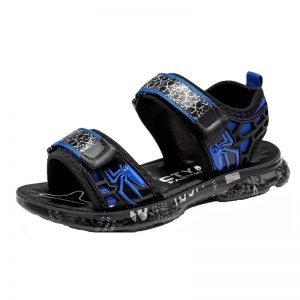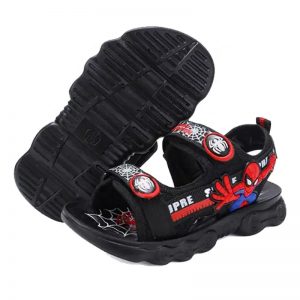The shoe industry is a typical labor-intensive industry. From a global perspective, the production capacity of this industry is always moving to countries and regions with low labor costs. Historically, the focus of the world’s footwear industry has shifted from Italy and Spain to Japan, Taiwan, and South Korea, and sandals have moved to mainland China. China has become the world’s largest shoemaking center, with shoe production accounting for more than 60% of the world’s total production.
The Chinese footwear market can be subdivided into four major parts: leather shoes, rubber shoes, cloth shoes and plastic shoes. In addition to changes in shoe styles and materials in various market segments, the consumption structure of various types of shoes has also changed. The proportion of leather shoes sales has risen from 9% in the early period to 35%. The consumer group has also expanded from the original city to the rural area, and the products have also begun to develop from the low-level to the high-level. Standing in the world’s footwear market, China’s production of footwear is dominated by mid- to low-end products. The annual output of leather shoes is about 2.4 billion pairs, accounting for 40% of the total global leather shoes production, and the market share of middle and low-end leather shoes reaches 85%.















